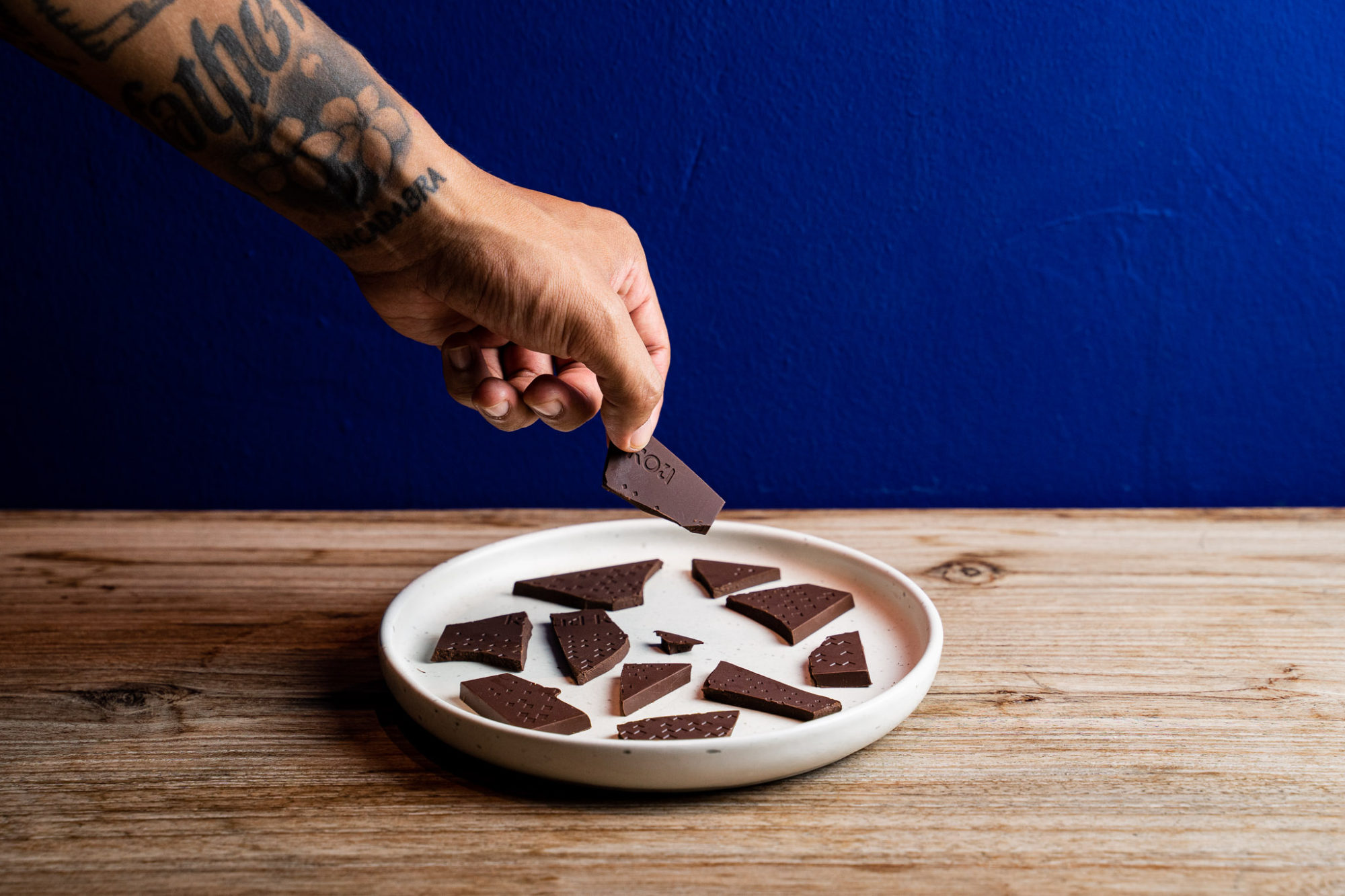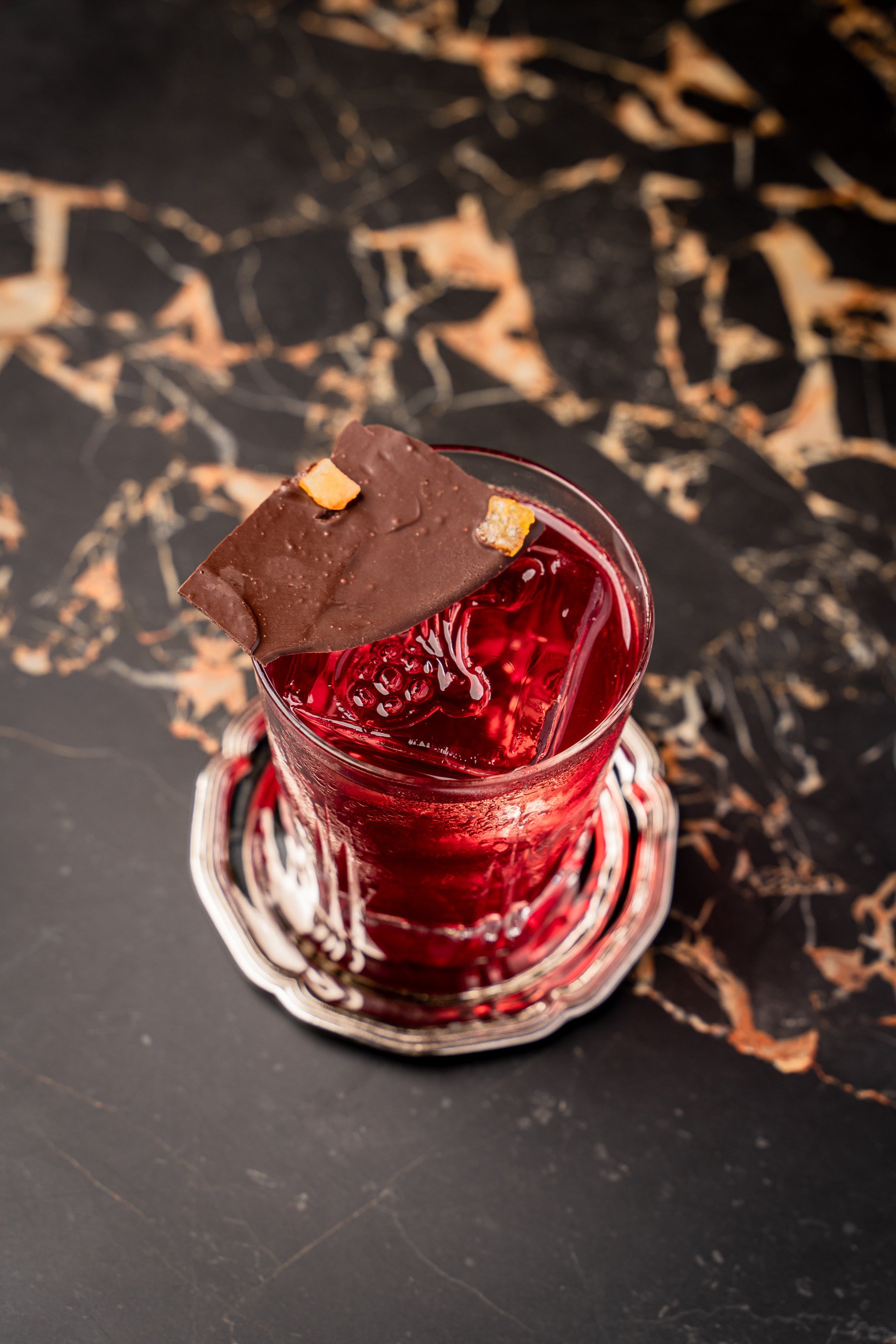
Thailand, land of smiles ... and chocolate. Home-grown cacao beans and locally made bars embraced in Bangkok
- Thai chocolate is a relative newcomer, but the beans are grown in four provinces and numerous chocolatiers are making their own bars
- High-end restaurants and boutique cafes in Bangkok are combining chocolate with other Thai ingredients in desserts and drinks, including cocktails
What is Bangkok’s most extravagant buffet? The one in the lobby of the Sukhothai Bangkok hotel is a worthy contender. Its chocolate selection is a tribute to cacao in all its forms.
The highlight is a silver trolley loaded with tiny pots filled with chunks of chocolate from all over the world. After a short interrogation about flavours, textures and aromas, pastry chef Antonio Yang will combine any number of varieties to create a bespoke chocolate drink, whether it’s a steaming hot chocolate made with the Caribbean’s best cacao or an iced concoction based on Ugandan plain chocolate.
Suddenly, the average drinks trolley looks rather boring.
In recent years, the selection has included a newcomer to the scene: Thai chocolate.
When you’ve got a better product right here, why wouldn’t you use it?
“We currently use chocolate from four regions in Thailand,” says Yang, who admits that chocolate produced by European brands such as Lindt and Valrhona is still the most popular, although change is afoot.
“Chefs in Thailand have realised they’ve got a great product right here, and they’re making more effort to integrate Thai chocolate into their recipes,” he says.

Later, on a foray around the Bangkok Art and Culture Centre, a hub for independent businesses, I stumble across a boutique and cafe operated by Paradai, a Thailand-based bean-to-bar brand that scooped three gold medals at the International Chocolate Awards 2019.
The cafe’s shelves are piled high with colourful bars such as the 82 per cent plain chocolate, made with cacao from the coastal province of Trang and packaged in paper adorned with images of sea creatures.
Arne Riehn is another Bangkok chef who raves about Thai chocolate. Riehn is pastry chef at IGNIV, which opened at the St Regis Bangkok in 2020 and bagged its first Michelin star a year later; it is the chain’s first outpost outside Switzerland.
Airports, airlines didn’t hire fast enough to avoid flights chaos
IGNIV restaurants honour Swiss cooking techniques, although dishes at the St Regis have an Asian twist; ponzu, kimchi and coconut all feature. For me, the highlight is the Thai chocolate soufflé.
“Thailand’s chocolate scene is quite young,” says Riehn, who purchases 90 per cent of his chocolate from the brand Kad Kokoa. “The owners invited us to their cacao farm in Prachuap Khiri Khan province in western Thailand, and none of the team – all of whom are from Thailand – had seen a cacao plant.”
Thailand’s biggest craft chocolate brand, Kad Kokoa was founded by two former lawyers. It has a cafe – built using wood from the cacao plantation – and production facility (which can be viewed by guests) in the Sathorn neighbourhood of Bangkok.
Kad Kokoa is known for its innovation, with a portfolio of products that includes bars, bon bons, chocolate kombucha, chocolate sauce and cacao tea, many of which can be bought in the United States and Japan.
It supplies dozens of Bangkok’s restaurants and hotels – collaborations that in many cases involve bespoke products and are mutually beneficial, generating feedback about new ways in which to use the chocolate.

Riehn’s dishes contain cacao grown in Prachuap Khiri Khan province, south of Bangkok where Thailand is at its narrowest, and in Chanthaburi province near the Cambodian border. Thai chocolate is used to create the confectionery at the Candy Store – an elaborate display found at IGNIV restaurants. After their meal, guests select chocolates from the Candy Store to eat with their coffee.
“The Prachuap Khiri Khan chocolate has a bright, classic flavour, and we use it for the chocolates,” says Riehn. “We use Chanthaburi chocolate, which has more acidity and fruitiness, to cook with.”
It’s not only diners who benefit from the trend. “Until now, everyone used chocolate from overseas,” says Riehn. “Nobody thought about approaching farmers to talk about doing something else with their harvest [it’s suggested that farmers were at some point duped into buying seedlings and then had to sell complete cocoa pods for little return to whoever they could], but now they realise they can get superior chocolate for a lower price. When you’ve got a better product right here, why wouldn’t you use it?”
The chef admits Thai chocolate can be harder to work with – citing its stickiness – but says this is where collaborations with innovative brands such as Kad Kokoa come in.

Texas-born Riley Sanders is another chef embracing Thai chocolate. He’s founder and executive chef at Canvas, a Michelin-star restaurant tucked into a beautiful shophouse in Bangkok’s Thong Lo neighbourhood.
“My big thing was that we weren’t going to be all about Thai food, but we would be driven by local produce,” says Sanders, who spends his downtime exploring Bangkok’s markets and the far-flung regions of Thailand, hunting down lesser-known ingredients.
“When we opened, six years ago, Thai cacao wasn’t common. I didn’t even know it was available, but there are now around 10 big producers from different regions.”
Sanders, whose tasting menu comprises 22 “bites”, rather than dishes, is keen to use Thai chocolate in ways that pay homage to the country.

“Typically, the classic flavour combinations are ones like strawberry and orange. But we’ve got all these ingredients which are unique to Thailand. Take roselle, or the hibiscus flower. It’s got this wonderful floral quality, and one of our bites is made with roselle meringue and chocolate from Chanthaburi.
“Another bite pairs white chocolate from Chiang Mai with coconut and caviar, and it’s almost savoury. People assume chocolate needs to be sweet, but that’s not the case.”
At the BKK Social Club, at the Four Seasons Hotel Bangkok at Chao Phraya River, there’s a thirst for innovation of a different kind. The bar, which scooped the Michter’s Art of Hospitality Award at the Asia’s 50 Best Bar Awards in 2022, is famous for story-based cocktails, and Thai cacao features heavily.
Thainess ... is of great importance to Thais. Cacao should reflect the landscape
One of the most popular drinks is The Hand of God, inspired by Diego Maradona’s controversial goal for Argentina against England at the 1986 football World Cup and made with Ocho Reposado Tequila, Campari, malbec and cacao.
Then there’s the bar’s version of the Pisco Sour – an ultra-smooth concoction made with pisco, lime bitters, vanilla and cacao.
“The cacao is incredibly versatile,” says beverage manager Philip Bischoff. “It works well with dark spirits, because they often have cacao notes, but it also works well with citrus flavours. There are endless ways to play around with it.”

Another chocolatier pushing the boundaries is Natalie Suwanprakorn, founder of Xoconat. Most of her cacao comes from Chanthaburi, and her chocolate is known for not only its quality, but also its quirkiness.
Take the Badass Bar – a chunky slab filled with coconut, marshmallows or peanuts. Natalie’s also known for her use of unusual ingredients (shrimp flakes and shallots have both featured), but points out that the diversity of Thailand’s gastronomy is perfectly suited to her cacao.
“Thai desserts consist of multiple savoury components. Think of khanom mo kaeng – egg custard topped with fried shallots. Or khanom bueang, which contains shrimp,” she says.
For people involved with its cultivation and production, Thai chocolate is more than a simple sugar fix.
“Thainess or khram phen Thai is of great importance to Thais,” says Suwanprakorn. “Cacao should reflect the landscape, and producers believe in the synergy between the cacao tree and the landscape and culture in which it’s grown.
“We’re incredibly proud of our cuisine and culture, and our chocolate, grown among mangoes, durians, mangosteen, lemongrass and jackfruit, represents us.”

